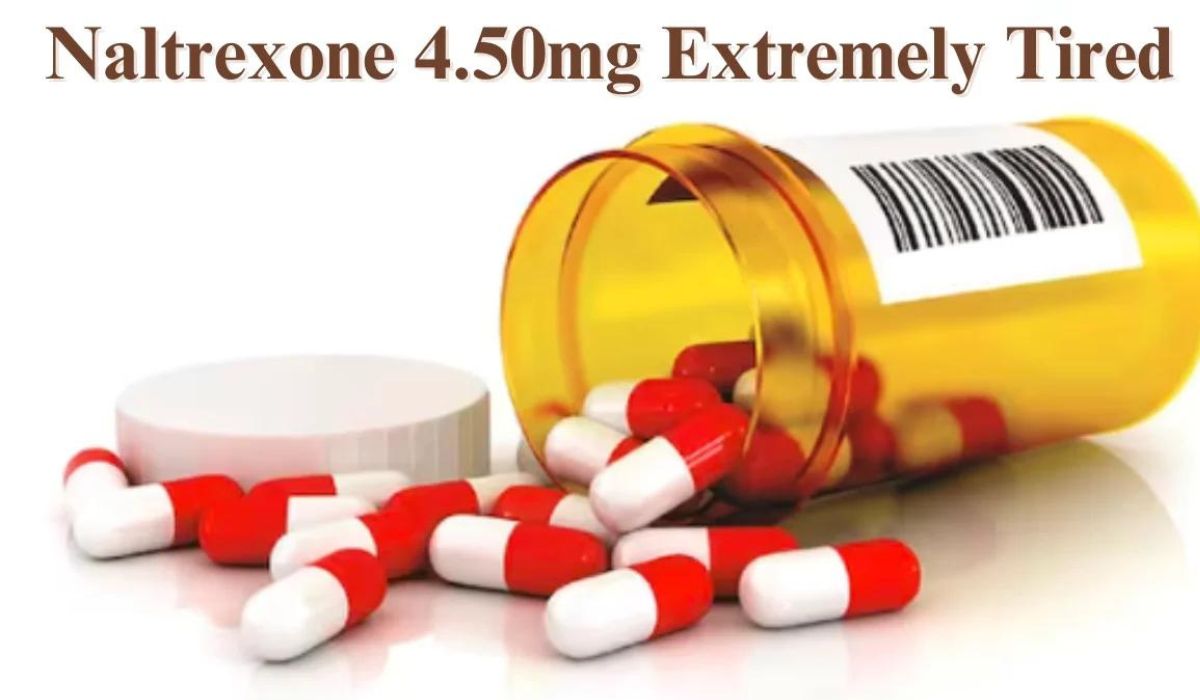Introduction
Bud Light has become synonymous with casual, social drinking. With its crisp, clean taste and easy-drinking nature, it has garnered a wide and loyal following. This article delves into the history, ingredients, brewing process, and marketing strategies of Bud Light, as well as its various product offerings and controversies.
History of Bud Light
Bud Light was introduced to the market in 1982 by Anheuser-Busch, the same company behind the iconic Budweiser brand. The launch of Bud Light was a strategic move to cater to the growing demand for light beers in the United States. Light beers were gaining popularity due to their lower calorie content and lighter taste, appealing to health-conscious consumers and those seeking a more refreshing beer option.
Anheuser-Busch, founded in 1852 in St. Louis, Missouri, has a long-standing reputation for brewing quality beers. Bud Light quickly became a flagship product within the company’s extensive lineup. Over the years, Bud Light has maintained its status as one of the top-selling beers in the U.S., thanks to its consistent quality and effective marketing campaigns.
Ingredients and Brewing Process
Bud Light prides itself on using only four ingredients to create its distinct taste: water, barley, rice, and hops. This simplicity is central to the brand’s appeal, emphasizing a no-frills approach to brewing a quality beer.
Water
The primary ingredient in any beer, water accounts for the majority of Bud Light’s composition. Anheuser-Busch uses a rigorous filtration process to ensure the water used is pure and free from impurities, contributing to the beer’s clean taste.
Barley
Barley malt is a crucial component, providing the sugars needed for fermentation. Bud Light uses a blend of malted barley to achieve the desired balance of flavor and body. The barley is carefully selected and malted to ensure consistency in each batch of beer.
Rice
Rice is an adjunct used in the brewing process to lighten the body and color of the beer. It also helps create a crisp, clean finish, which is a hallmark of Bud Light. The use of rice differentiates Bud Light from other beers that use corn or other adjuncts, contributing to its unique flavor profile.
Hops
Hops are the flowers of the hop plant and are used to add bitterness, flavor, and aroma to the beer. Bud Light uses a combination of American-grown hops to achieve a mild bitterness that complements the beer’s light, refreshing character.
Brewing Process
The brewing process for Bud Light involves several key steps:
- Mashing: The malted barley and rice are mixed with hot water to create a mash. This process converts the starches into fermentable sugars.
- Boiling: The mash is boiled, and hops are added to impart bitterness and aroma.
- Fermentation: The boiled wort is cooled and transferred to fermentation tanks, where yeast is added. The yeast converts the sugars into alcohol and carbon dioxide.
- Maturation: After fermentation, the beer is conditioned or matured to develop its flavor. This step ensures a smooth, well-rounded taste.
- Filtration and Packaging: The beer is filtered to remove any remaining yeast or sediment, then packaged in bottles, cans, or kegs for distribution.
Popularity and Marketing
Bud Light’s popularity can be attributed to its consistent quality, accessibility, and effective marketing strategies. The brand has positioned itself as a beer for social gatherings, sports events, and casual occasions, making it a staple choice for many consumers.
Marketing Campaigns
Bud Light is known for its innovative and memorable marketing campaigns. Over the years, the brand has created iconic advertisements that resonate with a broad audience. Some notable campaigns include:
- Real Men of Genius: This humorous series of radio and TV ads celebrated ordinary people in exaggerated ways, highlighting the fun and relatable nature of Bud Light.
- Dilly Dilly: This medieval-themed campaign introduced a catchphrase that quickly became part of popular culture. The ads emphasized camaraderie and enjoyment, reinforcing Bud Light’s message of fun.
- Up for Whatever: This campaign encouraged consumers to embrace spontaneity and adventure, positioning Bud Light as the beer of choice for those looking to have a good time.
Sponsorships and Partnerships
Bud Light has also leveraged sponsorships and partnerships to enhance its brand visibility. The company sponsors major sporting events, including the NFL, NBA, and NHL, as well as music festivals and other entertainment events. These partnerships align Bud Light with activities and experiences that resonate with its target audience.
Varieties of Bud Light
Bud Light has expanded its product line to include several variations that cater to different preferences and occasions. Some of the notable offerings include:
Bud Light Platinum
Introduced in 2012, Bud Light Platinum is a higher-alcohol version of Bud Light, boasting a 6% ABV (alcohol by volume) compared to the standard Bud Light’s 4.2% ABV. It offers a slightly sweeter taste and a smoother finish, appealing to those who prefer a stronger beer.
Bud Light Lime
Launched in 2008, Bud Light Lime is brewed with real lime peels, providing a refreshing citrus twist. This variation is particularly popular during the summer months and is marketed as a perfect beer for outdoor gatherings and barbecues.
Bud Light Orange
Similar to Bud Light Lime, Bud Light Orange is brewed with real orange peels to impart a bright, citrus flavor. It was introduced in 2018 as part of Bud Light’s efforts to offer more fruit-flavored options.
Bud Light Seltzer
Recognizing the growing popularity of hard seltzers, Bud Light introduced Bud Light Seltzer in 2020. This product line includes a variety of fruit-flavored seltzers with a 5% ABV, targeting consumers who prefer lighter, more refreshing alcoholic beverages.
Bud Light Next
Bud Light Next is a recent innovation, catering to health-conscious consumers. This low-carb, low-calorie beer retains the crisp taste of Bud Light while offering a healthier alternative for those watching their calorie intake.
Controversies
While Bud Light has enjoyed immense popularity, it has not been without its share of controversies. One notable incident occurred in 2023, when the brand faced a boycott over its advertising strategies and sponsorship decisions. The boycott was sparked by a campaign that some consumers perceived as politically charged and divisive.
2023 Boycott
The 2023 boycott was initiated by a segment of Bud Light’s consumer base who felt that the brand’s marketing campaigns were taking a political stance that did not align with their values. The controversy garnered significant media attention and led to a temporary decline in sales.
Anheuser-Busch responded by reaffirming its commitment to creating inclusive and enjoyable experiences for all consumers. The company emphasized that Bud Light’s core mission is to bring people together and that its marketing efforts aim to reflect the diverse perspectives of its audience.
Different Perspectives
The boycott highlighted the challenges brands face in navigating the complex landscape of consumer expectations and social issues. While some consumers called for a return to more neutral and lighthearted advertising, others praised Bud Light for its efforts to promote inclusivity and social awareness.
YOU MAY ALSO LIKE
PepsiCo: A Snack and Beverage Giant
Conclusion
Bud Light remains one of the most popular and recognizable beer brands in the United States. Its simple, high-quality ingredients, consistent brewing process, and effective marketing strategies have solidified its place in the market. Despite facing controversies, Bud Light continues to be a beer that is easy to drink and easy to enjoy.
Whether you’re enjoying a cold Bud Light at a summer barbecue, a sports event, or a casual get-together with friends, the brand’s emphasis on fun and enjoyment resonates with a wide range of consumers. With its various product offerings, including Bud Light Platinum, Bud Light Lime, and Bud Light Seltzer, there is a Bud Light for every occasion and preference.
As Bud Light continues to evolve and adapt to changing consumer tastes and societal trends, it remains committed to delivering a refreshing and enjoyable beer experience. Whether you’re a long-time fan or new to the brand, Bud Light’s dedication to quality and enjoyment makes it a timeless choice for beer enthusiasts everywhere.










